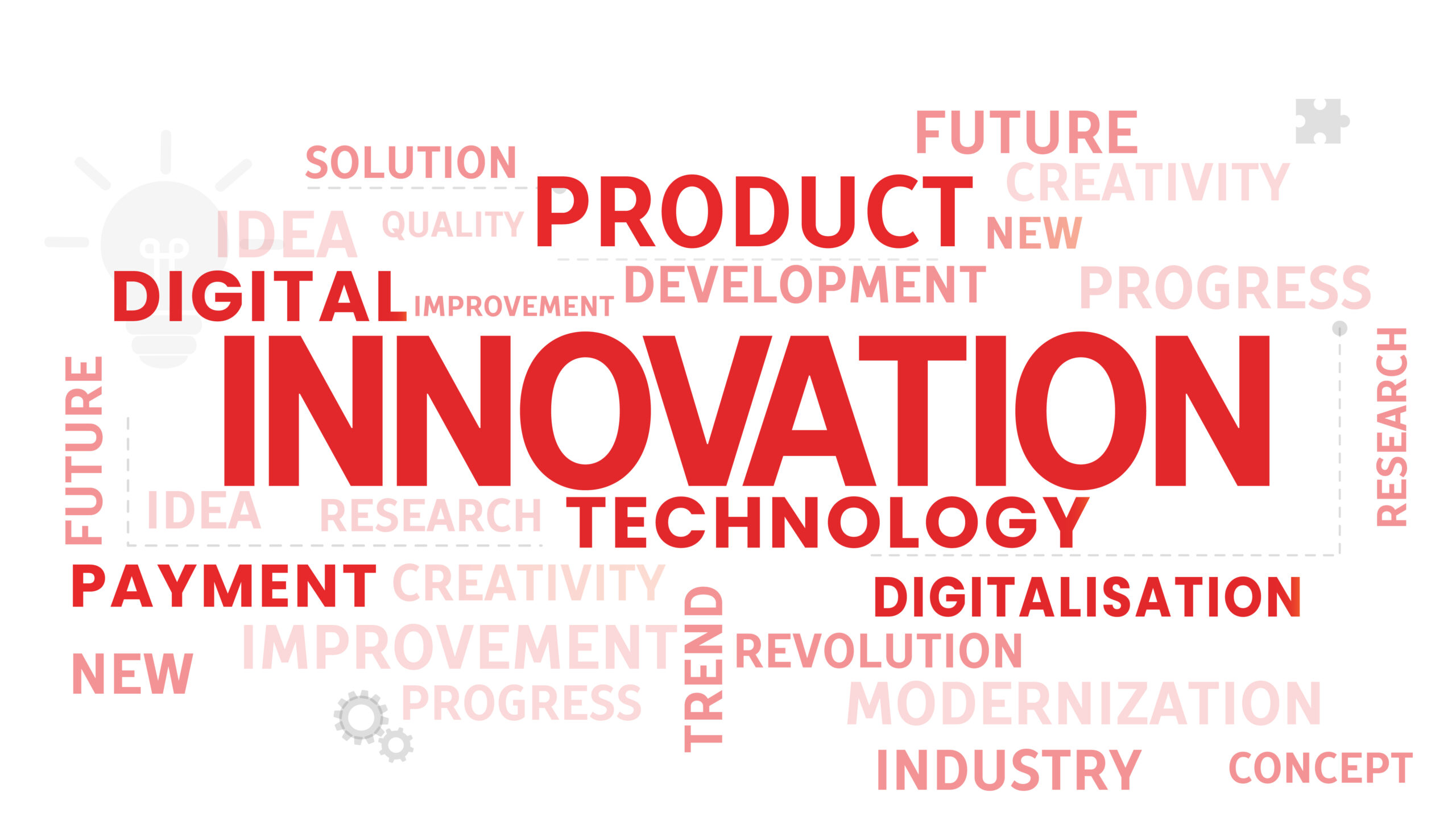What is Product Innovation?
Introducing something new is one of the more commonly used definitions of innovation. A new service, product, technique, or even a slight upgrade to something already in existence could be that item. In reality, though, when people discuss innovation, they typically mean brand-new or better products.
But what does "product innovation" actually mean? The most well-known innovation kind is arguably product innovation, which has several diverse definitions. Without going into every description conceivable, let's keep it short and simple: product innovation is the process of developing or improving products in an effort to address issues that affect customers, businesses, or society as a whole.
Many of these breakthroughs may be physically felt and either use completely new technologies or simply slight advancements in already existing ones.
Is Innovation a Must-Do in This Era?
Innovation is the primary economic driver for both enterprises and society as a whole, as we have repeatedly observed. According to a McKinsey survey, the introduction of new products accounts for 25% of a company's overall sales profits.
In contrast to services, which can boost revenue but have a lower margin, a range of high-quality products fosters growth and generates more profit. This is due to several factors. For instance, scaling products is frequently easier than scaling services. They require less attention and are simpler to maintain. This explains why the “Service as a Product” business model has been so successful.
Some Examples
Scalability and substantial profitability were achieved by Airbnb, Uber, and Fivers. They don’t require as much tight supervision and engagement as other services do.
Contrarily, since more than half of all new goods fail to meet their objectives, extremely competitive marketplaces have made product creation more challenging. Nevertheless, there are still many strong justifications for product innovation. Whenever a product ideation comes in the mind of the developer, the first thing he or she must keep in mind is that the product should cater to the most common problems those have remained unresolved.
Competitive Edge
Successful businesses have always found a way to take advantage of innovation and acquire a competitive edge, whether we’re talking about brand-new items or better ones.
Three strategies are used by innovative organizations to outperform their competitors:
- Create brand-new items that meet consumer demand or address market needs.
- Incrementally innovate while continually improving their main offerings.
- By bringing old products to new markets or channels, one can redefine the competition.
Redefining the marketplace also entails redefining the worth of a given good. For instance, Japanese innovation nearly drove Switzerland's traditional watchmakers out of business in the 1970s. Swiss businesses had to reevaluate the worth of their products due to their low-cost manufacture and highly accurate means of telling time.
Swatch thus took over a market that was previously dominated by Japanese firms like Seiko or Casio. They switched positions and developed a chic line of swatches. As demand for luxury timepieces increased and became an asset class for collectors and long-term investments, traditional watches also found a new market.
The Sweet Spot
Combining the three strategies—launching new goods, making improvements, and searching for new markets—is where success lies. Even with large corporations, it’s common practice to concentrate solely on one of them.
For instance, Lego forayed into new markets in 2003. Sadly, they lost their way and started selling clothing, accessories, and lifestyle goods. Following these unsuccessful endeavors, they returned to their core business and established themselves as the industry’s top provider of toy construction kits. They were able to increase their revenue thanks to this approach from €0.9 billion in 2004 to €4.8 billion in 2015.
The Growth Booster
Product innovation enables businesses to expand, generate greater revenues, and take over new markets. Growth is enabled by several variables, and companies who innovate their products successfully gain long-term advantages.
Companies may turn to product innovation if the market is saturated, and they are unable to find a route out. It all comes down to creating fresh demand, and we’ll go into more detail about how this works once we discuss the frameworks and processes.
Product Innovation Frameworks (Need Infographics)
There are three frameworks for product innovations
- NPD (New Product Development)
- CIP (Continuous Improvement Process).
- BOC (Blue Ocean Strategy)
- JBD (Jobs to Be Done)
Challenges of Product Innovation (Need Infographics)
- Validating Product Viability
- High Cost
- Apt Pricing of the Product
- Innovation for the Sake of Innovation
- Complexity
The Last Words
We’d like to end by reminding you that large firms can greatly profit from investing in all kinds of product innovation. It enables your growth and long-term success by letting you continue doing business, giving you an advantage in a fiercely competitive industry.
A high pace of innovation is also necessary to keep up with markets that have become oversaturated with goods, services, and new technology once your goals and strategy have been aligned.














